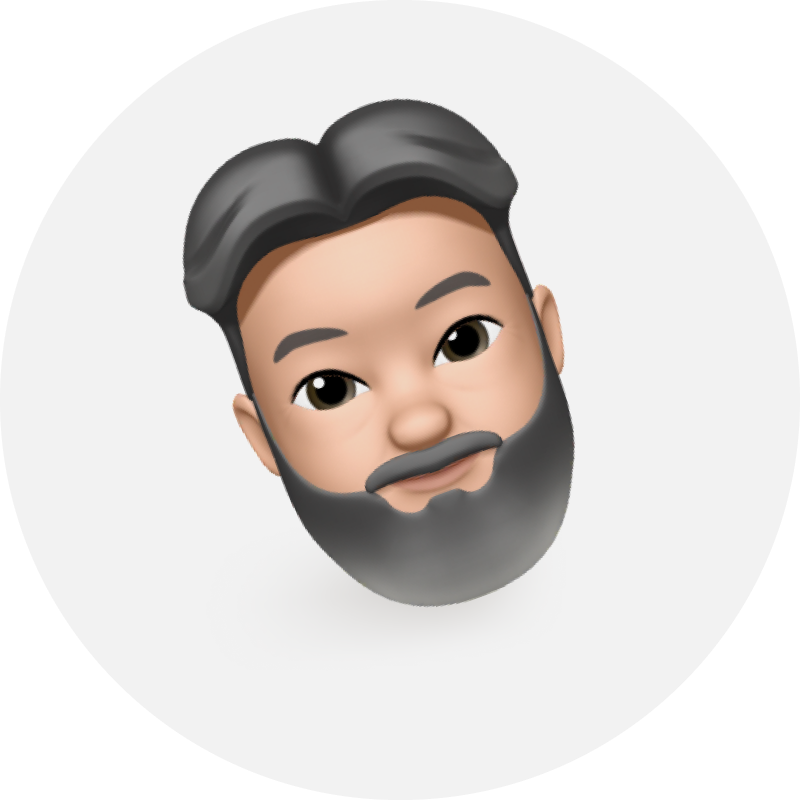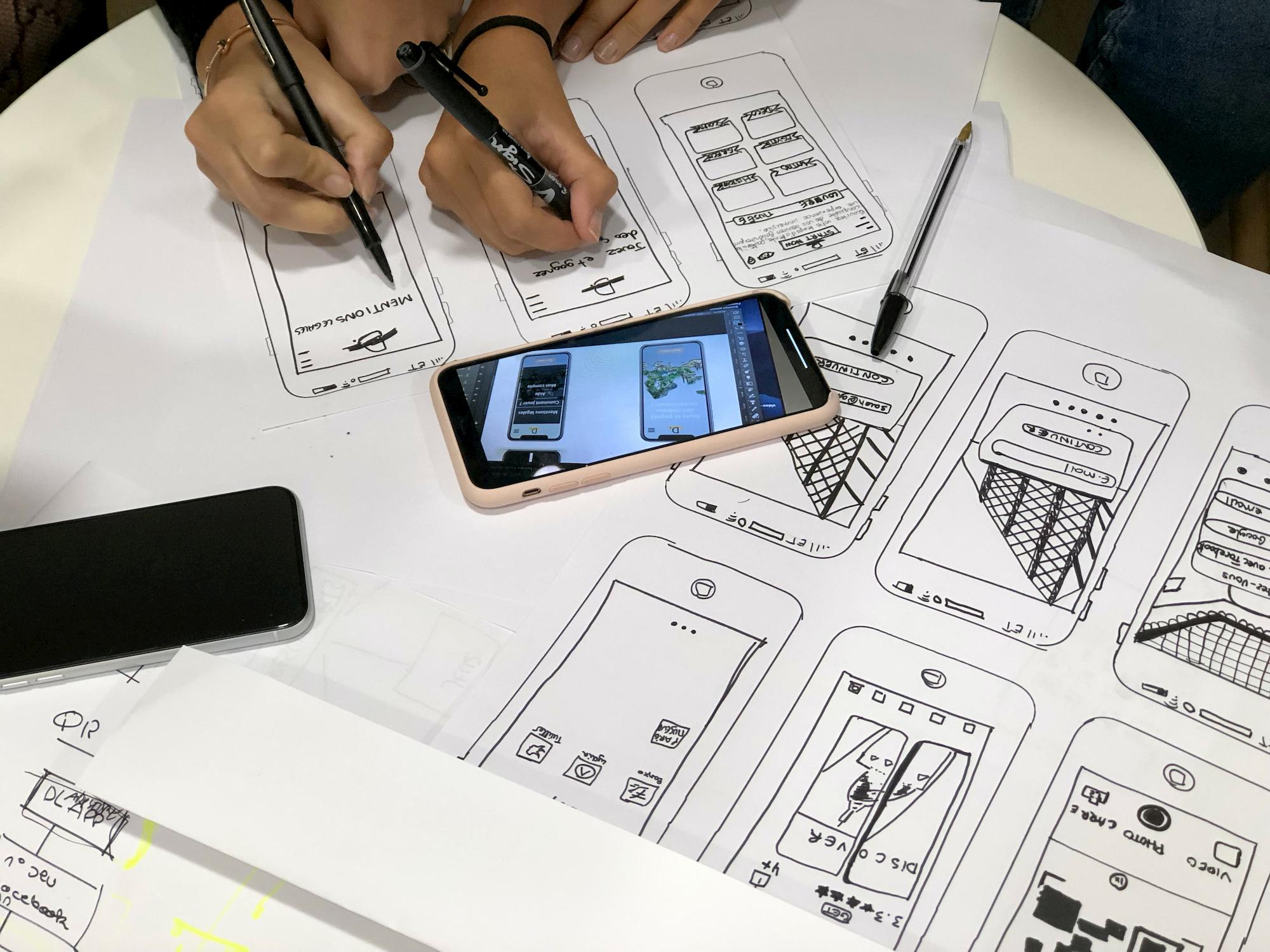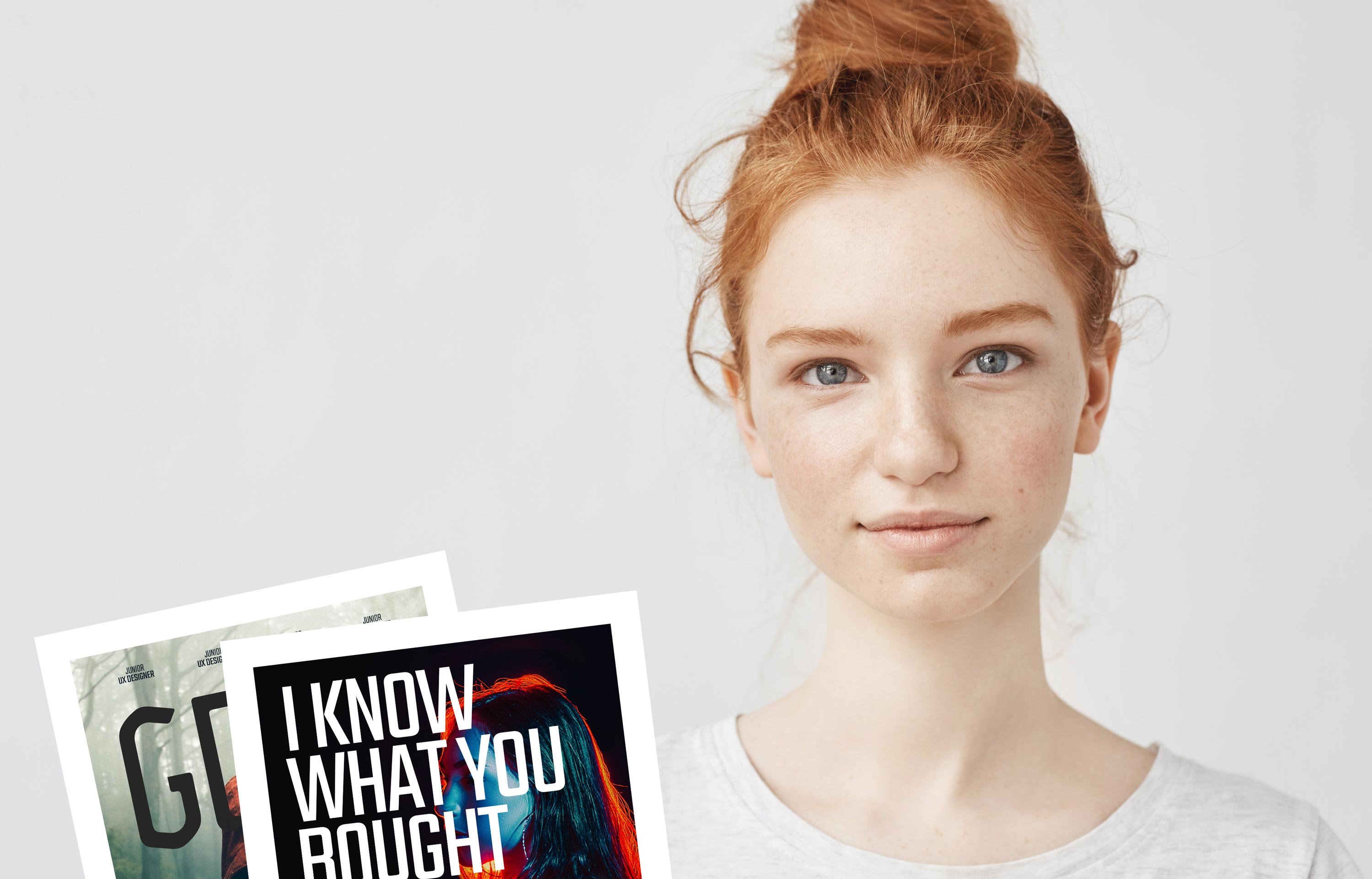Looking for people to enjoy your app? Hankering for higher conversions? Aching to optimise the functioning of your page?
The functioning of your app, page, or any other technical product is all about interaction. That's why User Experience is the final frontier. Ensure good UX, if you're looking to make the best impression on your users.
But what constitutes good UX, and what are the techniques? For those without a clue, I'd say, a little planning never hurts. When designing UX, you'll want to map out some objectives and directives. Therefore, UX Research is critical to your success.
When I say, never hurts – I mean, not planning does hurt. Not carrying out tests will become a massive cost to your organisation.
Where do I begin?
First, we start with user research. If that expression doesn't ring a bell – then fear not.
This is the process of understanding your users' aims, behaviours, and their traits. With this information, you stand to recognise a user journey. That in-turn helps build a design that addresses these outlined user objectives.
This process, I might add, does not stop at the planning stage. It's a continuous journey. Understanding user requirements is akin to a long-term relationship with a customer. As they interact, and you gain insight, you will then better-understand their behaviours.
Mike Kuniavsky, a UX designer, researcher and author, describes it as "the process of understanding the impact of design on an audience."
UX Research
In User Experience research, you're already working with a set of defined requirements. This is through already considering the context of your app, site, or digital Sistine Chapel.
If you need a refresher on some of the practices – I have you covered in my previous article on 10 UX Research Techniques. Read it for some better detail regarding the techniques you should use.
Important: User Research ≠ UX Research
Before we progress any further – User research is about understanding the user. This forms the basis for your UX Research.
What to Consider
Before I can help you work out how to test UX – you should know a thing or two about the process, and what it involves.

Stakeholders
Chances are that the project is a little larger than 'you and the user'. There are many users and organisations taking part in the UX process. Consider who are the people most involved with your project. They can be directly or indirectly involved.
A good thing would be to know your people.
- Who will be the users?
- Who will be the beneficiaries? These may be more than just users.
- Who will work with you?
Research Questions
What's the point of all this?
There's no research without the art of questioning. You need it to get the most vivid picture of your environment. Anyone can ask questions. What about the right questions?
Here's where it's good to get specific. Design very particular questions, and make sure they're actionable. There's no sense gunning for an ambiguous response.
To get those creative juices flowing, here are some questions you could ask yourself when framing your questionnaires:
- How are people using the shopping cart?
- How do customers monitor their order status?
- How do they decide on the meal option that they wish to buy?
- What do people do when deciding on a new TV?
Setting a Budget
This should be at the top of your list. Come to think of it – it should be at the top of this one! It's time to define the money. Ultimately, it's the papers that control your digital ambitions. The size of your wallet finally decides the size of your efforts.
By understanding your budget, you can scale the sophistication of your tools. That does not limit your level of insight. Potentially, more creative methods prevail in gaining the best understanding of UX. In which case, make a list. Define the more economical alternatives.
Timeframe
How long will this take? How much time do you have until your investors, or balance sheet expects tangible results? These amount to some pressure, but if planned, you could determine your efforts accordingly.
For example, a SurveyMonkey multiple choice quiz may take considerably less time to process and yield results. On the other hand, a Qualitative examination may provide compelling responses. That said, these take longer. A sit-down interview or even an open-ended question may slow down response times, and also deter users.
No matter the method, it's a good idea to keep a lid on the campaign. Plan along your timeline and be sure to assign deadlines accordingly.
Participants
Who's going to help carry out this research? Are they reliable sources?
Valid questions. But ask yourself, 'from whom do I need answers?'. It's a catch-22, not knowing who to ask when asking about potential users of your product. It's good to get a feel of general consumer mood. For this, you can ask your customer service and sales support teams.
In all, the numbers of people that you will need to get an accurate feel of sentiment varies.
- Qualitative – 5 people can suffice. Descriptive and proper answers are essential.
- Quantitative – 50 people, or more. When seeking simple answers to your simple questions, the larger, the better.
If you have some semblance of who will be your defined audience, then that's a start. In your efforts, consider recruiting people matching your user description. The closer you get, the more rewarding your results.
Methods
You may carry out your research in a qualitative or quantitative manner. What this entails is a series of approaches. Many of these will be instrumental in gaining quality insight.
- Contextual Research – wherein the user journey is evaluated based on a prescribed situation.
- Interviews – open discussions with set questioning, outlining each users' experience.
- Diary Studies – a review of user reports, consisting of activity data.
- Personas – answering the question: for whom are we designing? Aligning strategy accordingly.
- Card Sorting – tasking users with arranging a series of labelled cards into logical groups.
- Usability Testing – requesting users to perform tasks on a specific user interface.
- AB Tests – randomising two variants of a set process. Evaluate and compare the opinions of both.
This is just a handful in a world of research methods. I have even discussed some of my most preferred UX research methods in an article. Feel free to get acquainted with UX research methods before continuing.
Each method has merit. Some even work brilliantly in combination. Therefore, don't hesitate to mix things up with your arrangements. Of course, these depend on the research questions, and the depth of your desired answers. Open-ended questions may require interviews. Closed, numerical questions work best by assessing analytics.
Protocol
Research can be intensive. For it to work correctly, you must set some ground rules. Think of this a research plan within a research plan. The best format of the protocol is a script.
Consider starting with an outline of the tasks you wish for participants to carry out. Describing people their tasks in greater detail will ensure users better commit to their participation. Be sure to set aside time for each session as well.
To gain the most quality results – and you do – then be sure to describe the test monitoring and recording process. Putting this together into a physical (or digital) guide should help keep things organised.
Final Notes
Remember, plan from the very beginning. Conducting UX Research is critical to the success of your creation. But without the prerequisites, you risk misallocating considerable resources. You can also opt for assistance from certified experts in UX design. That requires a special approach too.
Be sure to define your goals and outline your methodology. The methods are abundant, but you should have no problems discovering an approach that works for you. Share these findings and use them to build your product.
UX Research does not stop. Your learning process carries on forever, even after launch time. As you continue to build on your research, that too will improve. That, in turn, will enhance your product.
The cycle continues, as does your quality. Take research seriously, and it'll reward you!





